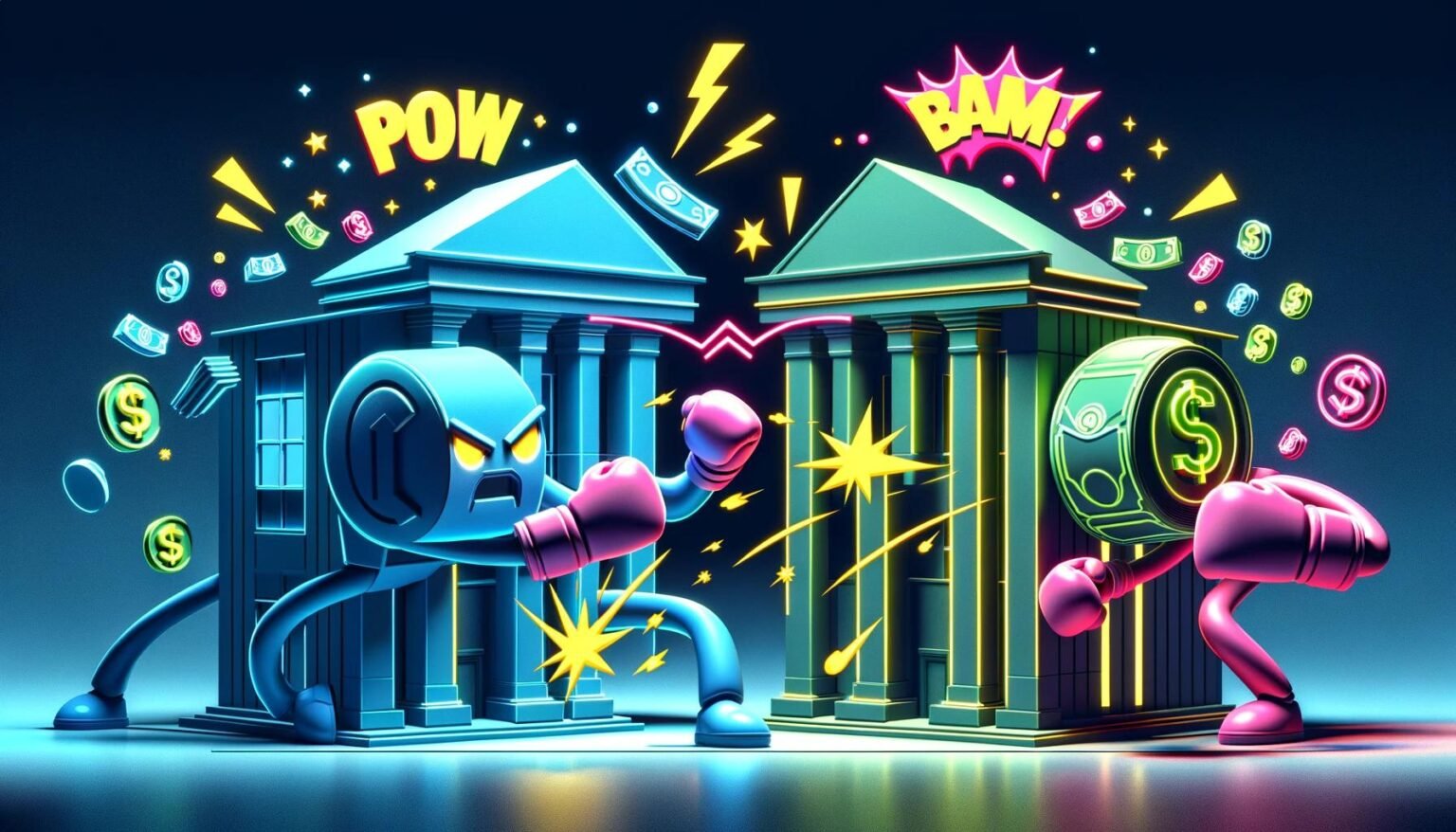Nostra Finance is suspending new lending of DAI, whereas an analogous proposal has been made on the Aave governance discussion board.
The DeFi initiative clashed with MakerDAO after the veteran DeFi lending protocol added Ethena’s USDe “artificial U.S. greenback” to its collateral basket as a part of the Endgame overhaul.
On March 29, MakerDAO permitted an govt proposal to set a debt ceiling of $100 million in DAI for the Spark DAI Morpho Vault, permitting traders to borrow DAI in USDe and sUSDe (inserting USDe).
Including the 2 belongings collectively, the primary of which at present ranks fifth amongst stablecoins by market capitalization—steady at over $1.6 billion—is inflicting a stir within the DeFi lending house.

“MakerDAO has turn out to be unpredictable when it comes to danger administration,” mentioned Marc Zeller, founding father of Aave Chan Initiative. Zeller authored a proposal on the Aave Governance Discussion board to revoke DAI’s collateral standing on Aave.
“It will mitigate potential an infection dangers for Aave customers,” release Zeller added at this time on
He informed Defiant that it could be higher to de-risk as a result of MakerDAO “is solely not the conservative protocol that we now have appreciated previously.”
His feedback echo these of David Garai, founding father of Nostra Finance, a permissionless, non-custodial lending protocol on Starknet.
“We mainly ban DAI as a collateral asset,” Garai informed The Defiant. He defined that his group has noticed that the collateral backing USDe and now DAI is held by custodians who deposit these belongings into centralized exchanges.
“We don’t imagine that in a bear market these centralized exchanges will stay solvent and within the occasion of chapter, custodians will cowl any shortfall,” he concluded. He famous that present lenders and debtors wouldn’t topic to vary.
controversial structure
Ethena Labs, the startup behind USDe and sUSDe, in contrast it to Terra and its ill-fated UST stablecoin, which noticed double-digit returns when it launched on February 21.
Nevertheless, its structure has been broadly praised by cryptocurrency heavyweights.
“Artificial USD” is collateralized by a crypto-asset similar to staked Ethereum (stETH) and hedged towards a corresponding brief futures place on a centralized trade. Ethena Labs is ready to provide excessive yields (at present 35% annualized yield on sUSDe) because of native staking returns and common financing charges paid to brief sellers.
Funding charges are the mechanism by which exchanges permit perpetual futures to commerce at spot costs. Optimistic funding signifies that a dealer holding a protracted place pays a payment to a dealer holding a brief place (e.g. Ethena).
Combating again towards at this time’s outcry is MonetSupply, the pseudonymous co-founder of DeFi danger intelligence platform Block Analitica.
“Is it an excessive amount of to ask folks to learn (and even simply browse) a danger evaluation article?[s] On the Dai vault earlier than posting loopy scorching remarks?he wrote Let’s speak about X earlier than explaining his thesis.
In keeping with him, DAI debtors bear many of the publicity by over-collateralization, and their surplus buffer is sufficient to cowl the extra $100 million permitted final Friday.
MonetSupply writes that MKR is the final resort, explaining that the token is “very liquid” as liquidity on decentralized exchanges is round $145 million. Since this represents solely a small portion of the general DAI collateral, it permits MakerDAO to shortly and simply add to earlier surpluses, “making DAI extra resilient,” he added.
MonetSupply highlights that a number of safeguards defend DAI within the occasion of potential issues: Ethena insurance coverage fund, extra collateral for Morpho DAI debtors, MKR surplus buffer, and eventually, MKR holders recapitalizing the protocol by minting/promoting .

